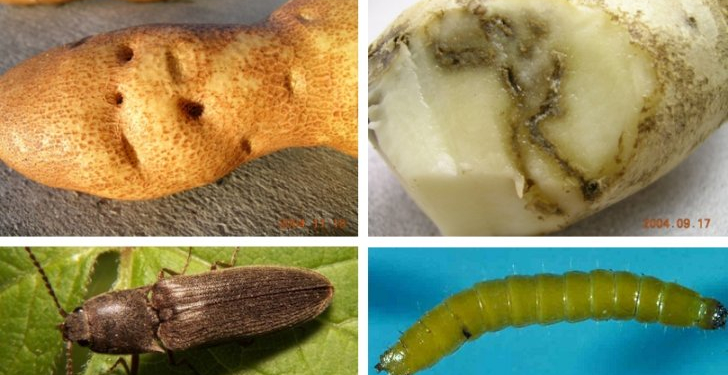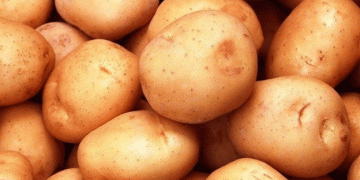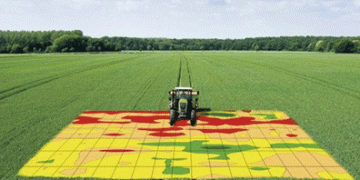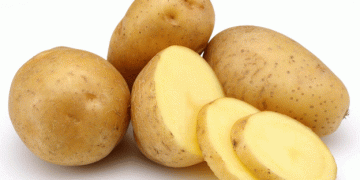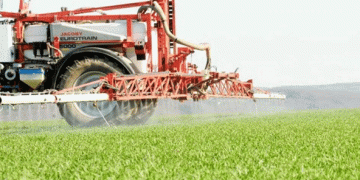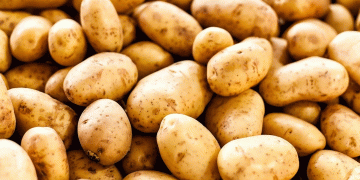Wire needles are a growing problem in potatoes. In more and more places damage is found in the crops in the field. There are virtually no chemicals left for this pest.
Klaas Froma of Agrico increasingly encounters these on the Groningen and Drenthe clay soils: tubers with holes as a result of wireworms. A test harvest sample from one of his growers recently gave a sad picture of reality. “He had cleared six meters. 60 percent of the tubers had wireworm damage. That does not make you happy.” Normally, problems with wire ropes are more common in the second half of the summer, but according to Job Simmes of Pireco, they are already abundant. This can be explained by the fact that the soils have generally remained very moist this year. During dry periods the wireworms penetrate deep into the ground. This year has been less of an issue.
Land exchange with livestock farmers
The major nuisance is the result of a combination of factors. Due to the absence of severe frost, the insects overwinter in the ground. The heavy rain leads to them emerging early. There are also more host plants that make it easy for them: The cultivation of green manures is increasing, but many arable farmers also exchange land (grassland) with livestock farmers to be able to grow potatoes.
In addition, the number of means with which farmers can tackle wireworms has been drastically reduced. “That makes the plague difficult to control.” Job Simmes of Pireco confirms this. “They can apply granulate at the start of cultivation, nothing more after that. But if the pressure is very high in the beginning, or they are deep in the ground, you can’t remove them with granulate.”
Monitor regularly
Wire needles are a company-wide problem. “Varietal choice can play a role, but also look closely at your pre-fruit,” says Froma. Furthermore, regular monitoring can prevent you from unexpectedly encountering an infestation during harvesting. Building plan expansion is a good method, but it is a much more expensive solution than a chemical approach. “And the consumer does not want to pay for that.”
Perhaps the consumer should accept that there may be holes in the potatoes, he believes. “After all, it is purely a cosmetic problem, it says nothing about the quality of the potatoes.”
Rejection of seed potatoes
Wire needles eat tunnels in potatoes and carrots. This leads to rejection and therefore lower yields, especially for seed potatoes and ware potatoes. In lettuce, cabbage, chicory and sugar beet, they can drill a hole in the root neck, causing them to wilt. Wireworms, the larvae of the click beetle, lay their eggs in grains and grasses in the months of May, June and July. The larvae can remain in the ground for up to five years, making them difficult to control. In the spring the wireworms become active and emerge.
In the spring we had a long period of nuisance from big problem in potatoes. We often see damage to the seed potato, especially in plots with perennial grassland as the precursor. This does not immediately cause the greatest problems in the initial phase of cultivation. At the end of cultivation, however, damage by feeding has a direct influence on the yield of the crop.
Wire needles eat tunnels in the new potatoes. This leads to rejection and therefore lower yields, especially for seed potatoes and ware potatoes. As a grower, it is important to regularly monitor plots grown on high-risk pre-fruit for wireworms. This prevents you from unexpectedly encountering an infestation during harvesting. You could also take measures to limit damage. The first plots with wireworm damage have already been found this year in the north and south of the Netherlands.
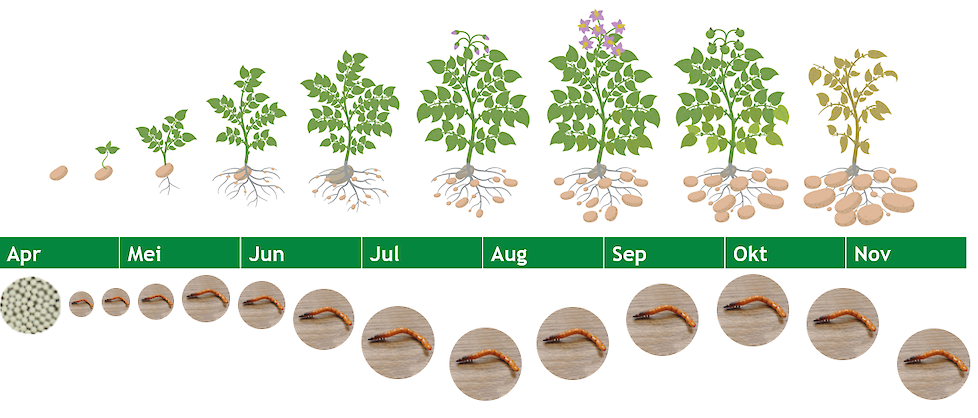
Damage at the end of cultivation
During the life cycle of the wire rope, there are two times in the year when the wire rope is in the top layer of the soil. That is at the beginning and the end of the cultivation. In the picture you can see that the wireworm normally migrates to the top layer of the soil in mid-August. We see that the wire rope has come back earlier than usual this year. This could be explained by the fact that the soils have generally remained very moist this year. During dry periods the wireworms penetrate deep into the ground. This year has been less of an issue.
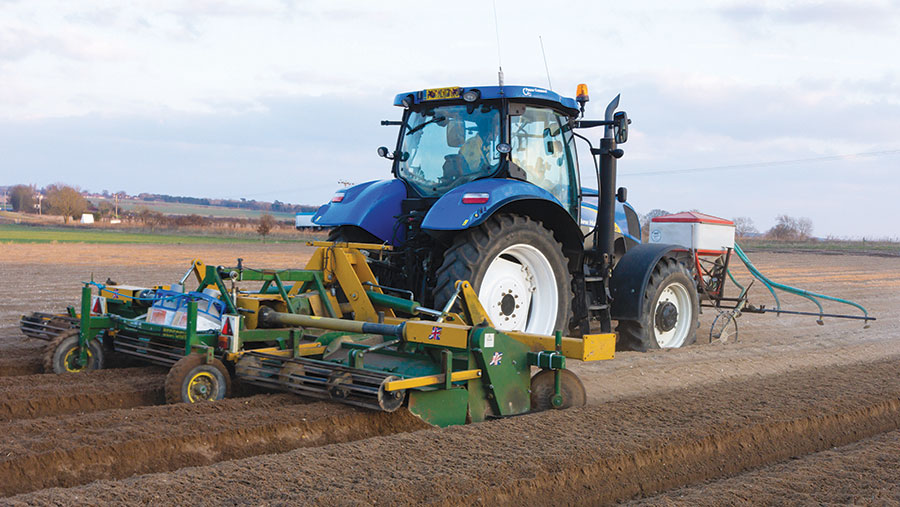
Apply preventively
Using Tercol preventively as a block spray can prevent damage to the new tubers. By applying the product, you place an odor barrier around the tubers, among other things. As a result, the wireworm pulls deeper into the soil away from the tubers. In order to get to the tubers properly, it is important that the application is carried out before a rain shower. The first application should be carried out two weeks before haulm killing. The follow-up application after haulm killing.
